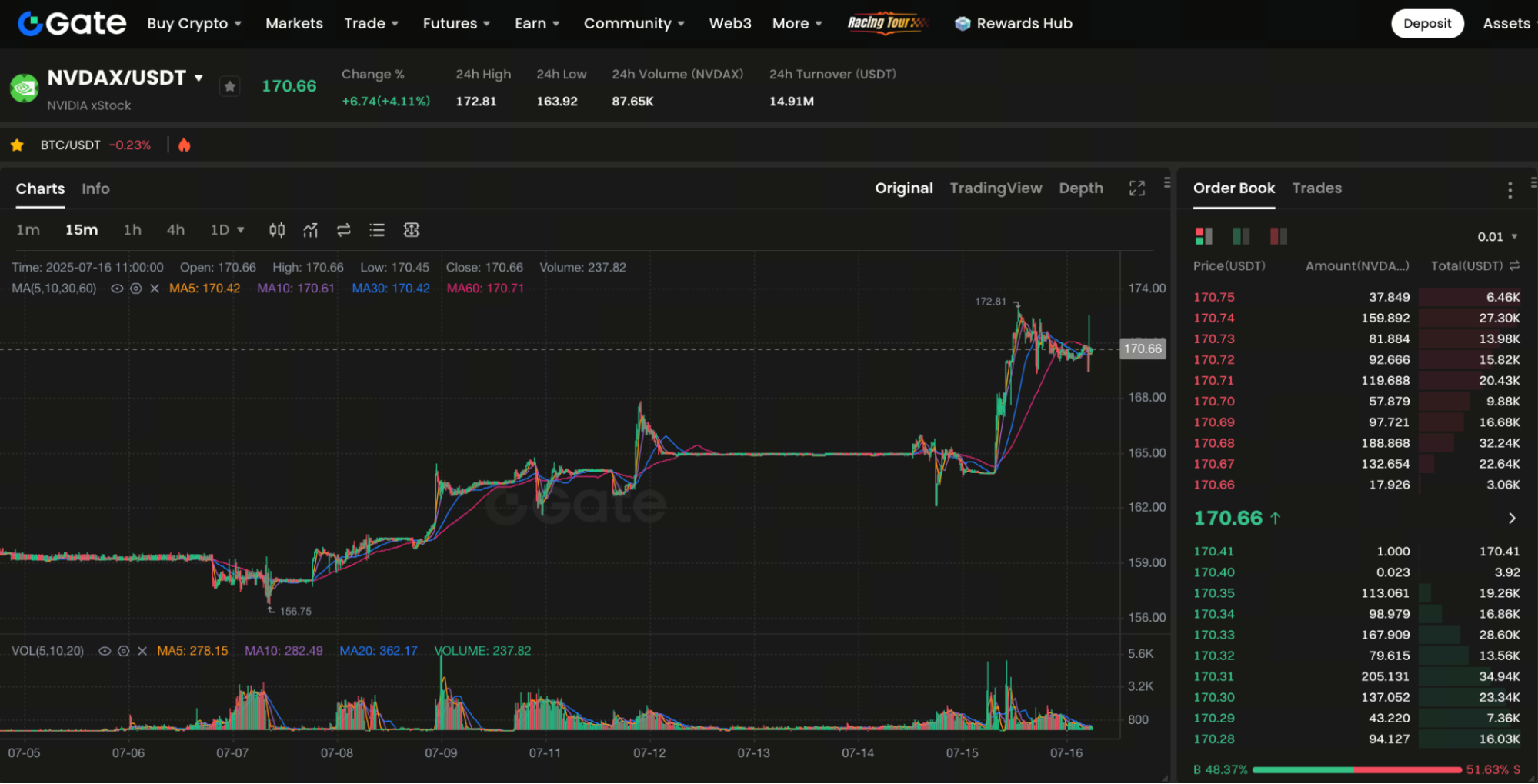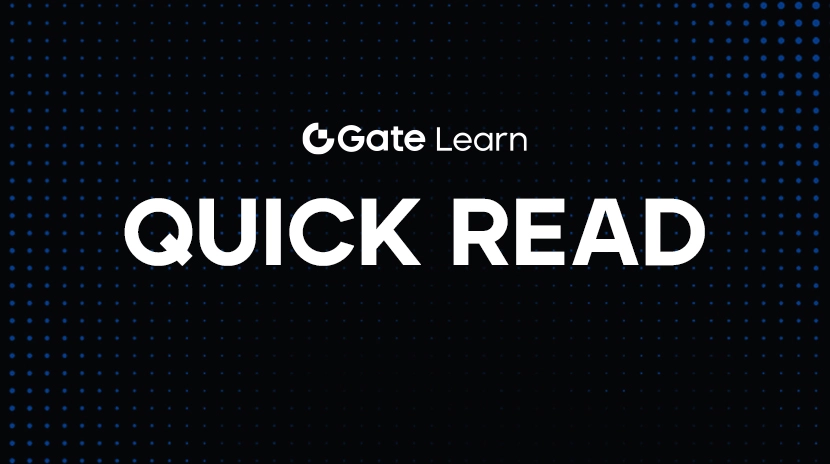What Is Stock Tokenization? Ushering in a New Era of Traditional Finance and Blockchain Integration
The basic concept of stock tokenization
Tokenized Stocks refer to the mapping of the value of traditional company stocks to blockchain tokens, allowing them to be traded as on-chain assets in the crypto market. These tokens are typically built on standards such as ERC-20 or Solana SPL, enabling free transfers, trading, and even participation in on-chain contracts and derivatives operations.
These tokens are usually backed by professional institutions that custody real stock shares, or track the corresponding stocks’ market performance through compliant structured agreements.
Why is stock tokenization on the rise?
The traditional stock market has some inherent barriers, such as:
- Regional and time limitations: Different countries have different trading market opening hours.
- High threshold and cumbersome procedures: the account opening process is complicated, and funds come in and out slowly.
- Asset fragmentation and difficulty in integration: high cross-platform management costs.
Tokenization of stocks provides a more flexible, cross-market alternative:
- 24-hour on-chain trading
- Global users can easily access
- No need to rely on TradFi brokerage systems.
This trend is attracting attention from multiple platforms and users worldwide.
The advantages and application scenarios of stock tokenization
- Low barrier to entry: Users only need to have a wallet address and stablecoins (such as USDT) to buy and sell stock tokens, without the need for a traditional brokerage account.
- High liquidity: Stock tokens can be freely traded on multiple crypto trading platforms, enhancing asset liquidity.
- Supports fragmented holdings: No need to purchase whole shares anymore, you can buy any quantity of tokens as needed (e.g. 0.01 shares), making it more suitable for novice investors.
- Stronger asset integration capabilities: Users can manage multiple tokenized assets, including stocks, bonds, real estate, etc., under a unified account on a single blockchain.
- Strong scalability: Stock tokens can be integrated into DeFi applications to achieve staking, lending, derivatives, and other secondary financial instruments.
Current market stock tokenization products

Figure:https://www.gate.com/trade/NVDAX_USDT
Currently, multiple platforms have launched stock tokenization services, with common representatives including:
- Gate xStocks Zone: Launching multiple stock tokens such as GOOGLX, TSLAX, AAPLX, supporting contract trading and leverage operations.
- Backed Protocol: Focused on compliant token issuance in the European market.
- Synthetix, Mirror Protocol (no longer updated): Early exploration of synthetic asset forms of stock prices.
These platforms differ in terms of compliance, issuance structure, and tracking mechanisms, but collectively drive the development of this market.
What should investors pay attention to?
Although stock tokenization brings convenience and innovation, investors should still pay attention to the following points:
- Price tracking mechanism: Different platforms may use different indices or quotation sources, and the price may deviate slightly from the original stock.
- Liquidity risk: The trading volume of tokens may be insufficient, leading to slippage in buying and selling.
- Platform security and compliance: Prioritize products with transparent issuers, on-chain proof, and strong platform backing.
- Tax and legal issues: There are differences in the recognition of tokenized assets across different regions, and local regulations should be followed.
Conclusion: The future asset trading model is changing.
Stock tokenization is an important application of blockchain technology in the real financial sector. It provides more users with flexible, secure, and transparent channels for asset participation. With the gradual improvement of the regulatory system and the continuous optimization of platform products, stock tokenization is expected to become an important component of mainstream investment methods.
For users who wish to participate in global quality assets but are constrained by traditional processes, stock tokenization is undoubtedly a new window worth paying attention to.





